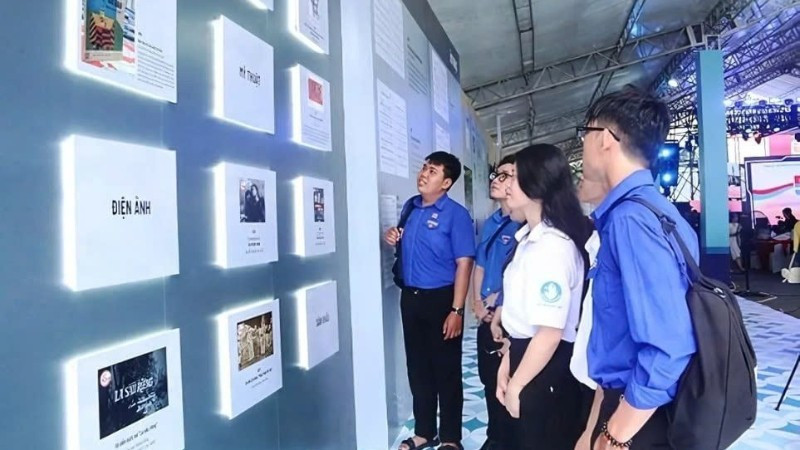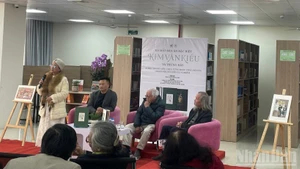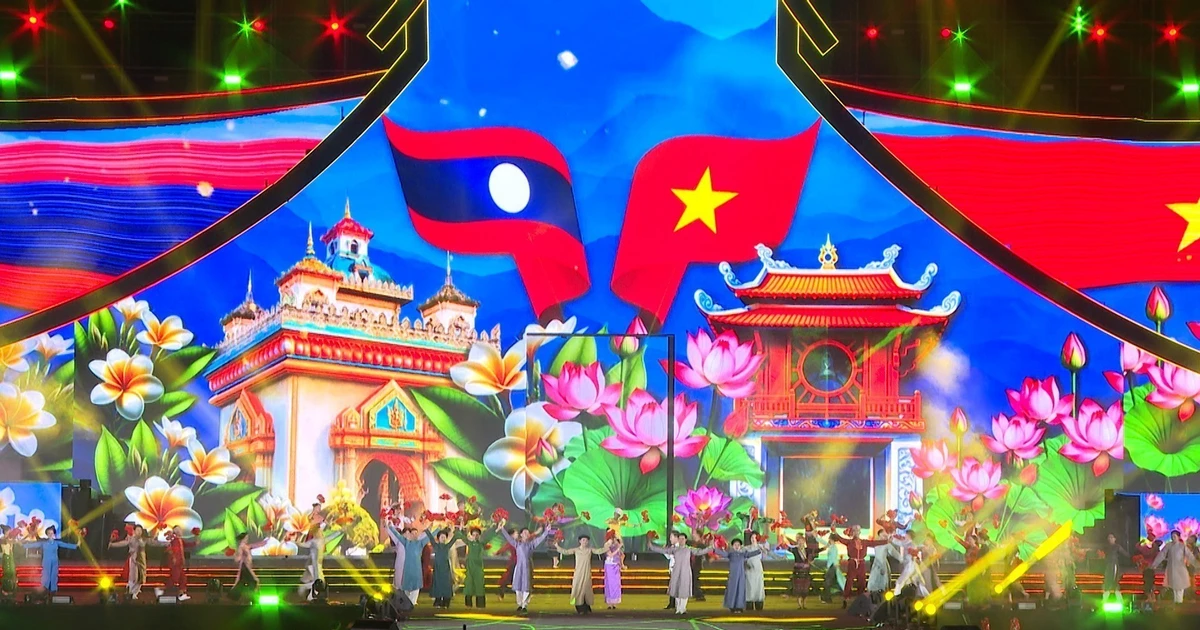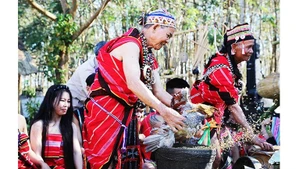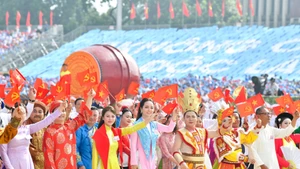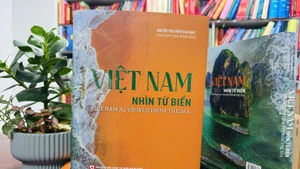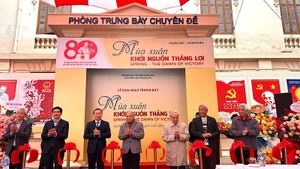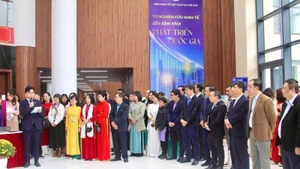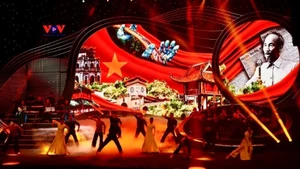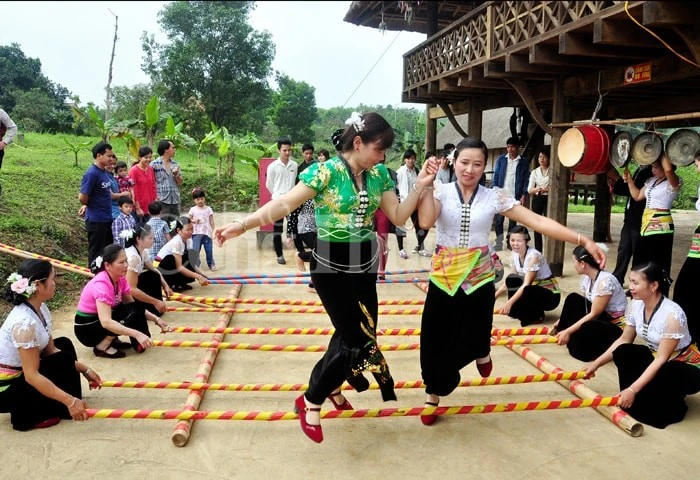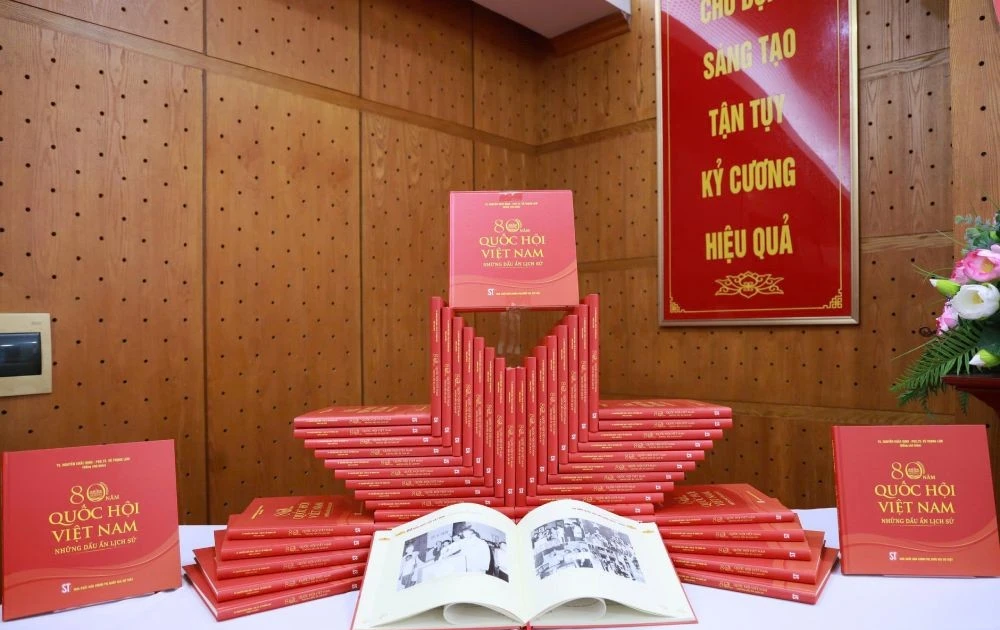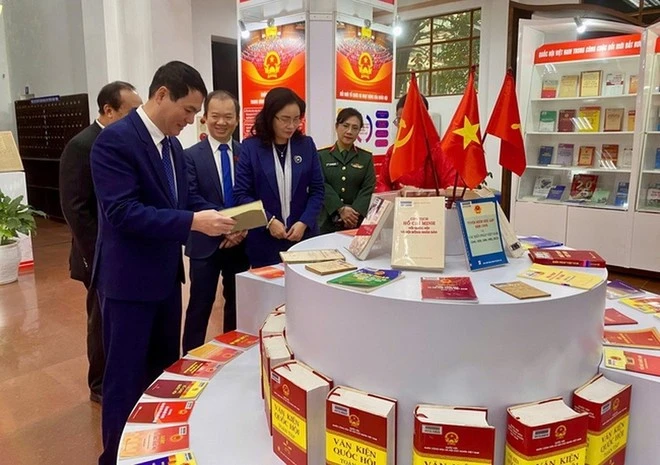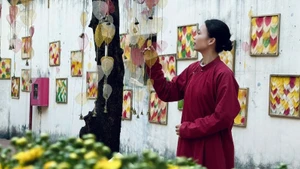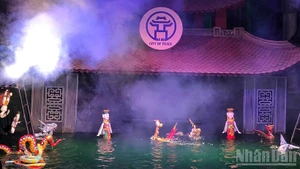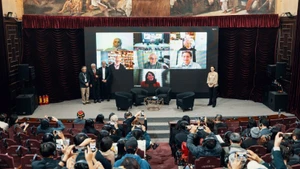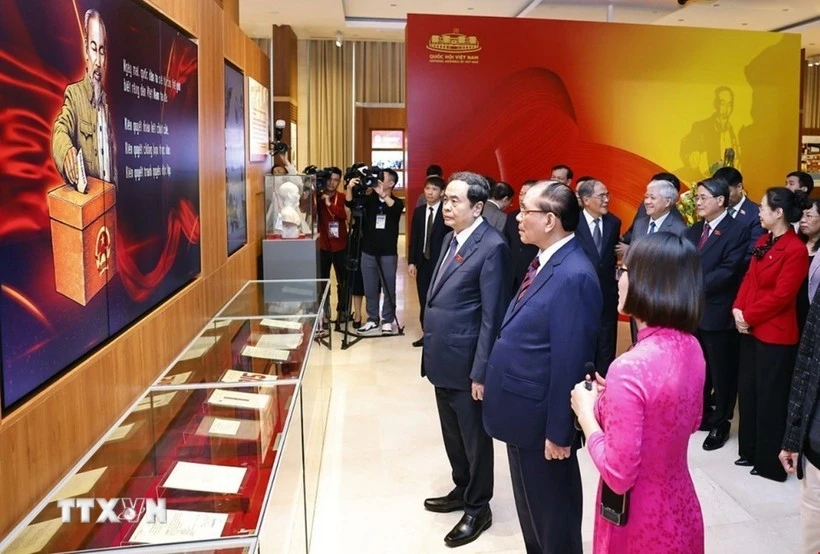The creation of strategic development orientations for literature and arts has become an urgent requirement, not only to preserve and promote national identity but also to help Vietnamese culture and people integrate strongly into international life, contributing to the sustainable development of the country.
Requirements of the era
In history, Vietnamese literature and arts have achieved proud achievements. From a rich and distinctive folk literature to classical literary works, from traditional theatre to cinema, music and modern fine arts, many works have affirmed their ideological and artistic value and left a lasting mark in the community’s consciousness.
Many works have been translated and introduced abroad, winning international awards, contributing to introducing Viet Nam’s image and people to global friends.
Today, the active participation of a younger generation of artists, with a consciousness of preserving traditional cultural values while positively absorbing the quintessence of human culture, has created a fresh breeze in Vietnamese literary and artistic creativity.
However, it is also necessary to face reality: Vietnamese literature and arts still lack long-term and comprehensive development strategies. Artistic activities are still fragmented, without interdisciplinary coordination to create an ecosystem that nurtures outstanding works.
The book, theatre, cinema and music markets have not formed a sufficiently strong structure to support sustainably composition. Meanwhile, imported foreign cultural products are flowing rapidly, with diversity and high quality, creating a fierce competition.
As audiences change their enjoyment habits, pure entertainment trends are partly dominating, the task of aesthetic education and fostering healthy artistic tastes has become a strategic mission.
It is evident that the exchange and penetration of global ideological and cultural trends are inevitable, but if they lack strategic orientation, the nation’s spiritual life may easily be swept into short-term, superficial tastes, undermining cultural depth.
Since the August Revolution of 1945, Vietnamese literature and arts have always been closely tied to the revolutionary cause. President Ho Chi Minh affirmed: “Culture and arts are also a front. Artists are soldiers on that front.” This directive thought has become the compass for building revolutionary literature and arts, for the people and for the Fatherland.
During Party Congresses, literature and arts have always been placed at the centre of building people and developing the country. The resolution of the 5th Plenum of the 8th Party Central Committee (1998) identified: Building and developing an advanced Vietnamese culture imbued with national identity.
At the 9th Plenum of the 11th Party Central Committee (2014), the Party continued to emphasise the comprehensive development of literature and arts, considering culture as the spiritual foundation of society, which is both a goal and a driving force for development.
In the Documents of the 13th National Party Congress, the Party required: Focus on improving the quality and effectiveness of all forms of culture and arts. Pay attention to enhancing ideological and artistic value, while ensuring freedom and democracy in creating literature and arts; encouraging new explorations to enrich Vietnamese cultural identity; restricting deviant ideology, and resisting vulgar tastes. Pay attention to and create conditions for developing the culture and arts of ethnic minorities.
The sound policies of the Party and State have created conditions for many art forms to be restored and developed; the socialisation mechanism has been encouraged, and cultural institutions have been gradually consolidated.
However, there are still limitations, such as: dispersed investment resources; mechanisms to protect copyright and related rights are not strong enough; scattered sponsorship policies; and management that is sometimes too administrative and lacking flexibility.
Assoc. Prof. Dr. Bui Hoai Son, Standing Member of the National Assembly’s Committee for Culture and Society, analysed: For literature and arts to develop sustainably, it is necessary to continue improving institutions, encouraging socialisation, increasing investment, while also renewing sponsorship mechanisms towards transparency and flexibility, creating a favourable environment for artists’ creativity.
Seizing opportunities for development
The digital era has opened new opportunities for literature and arts. Online platforms, e-publishing, digital music, and films distributed via OTT platforms are changing the modes of production, distribution and reception of works.
Digitising heritage, applying artificial intelligence in composition, promoting works on international platforms such as Netflix, Spotify, Kindle, and others can help Vietnamese literature and arts reach global audiences.
However, the current reality shows that there is still a lack of a systematic strategy to take advantage of these opportunities. Start-up businesses in the creative content sector have not been supported sufficiently; cooperation with international platforms is still limited; many artists are unfamiliar with new technologies.
On the other hand, international integration also poses challenges regarding identity. How to preserve and promote traditional cultural values while also innovating and keeping pace with contemporary trends?
This is not an easy problem, requiring close coordination between state policy, artists’ efforts and society’s support.
For Vietnamese literature and arts to truly become a source of soft power, contributing to enhancing the nation’s position in the new period, it is necessary to build a comprehensive and long-term development strategy, focusing on key orientations: Firstly, literature and arts must be identified not only as meeting the spiritual needs of the people but also as making positive contributions to the development of the national cultural industry.
Therefore, it is necessary to renew mechanisms and policies for literature and arts development in an open and flexible direction, creating a healthy creative environment, encouraging experimentation, nurturing talent, and fostering artists who have both creative talent and political courage and responsibility.
It is necessary to complete the legal system on copyright to protect the legitimate interests of artists, increase investment and socialised resources for literature and arts, build a literary and artistic creative ecosystem connected with the cultural industry, and strongly applying digital technology.
At the same time, it is necessary to develop a cultural-artistic market associated with tourism, education, and communications to expand the influence reach of literature and arts, take initiative in introducing Vietnamese works to the world, participate in international art events, and cooperate with global platforms, thereby promoting an image of Viet Nam that is rich in identity, creative and integrated.
Vietnamese literature and arts are standing before a major opportunity to break through. Creating a strategic orientation for literature and arts in the new period will shape the cultural future of the nation, deeply imbued with Vietnamese identity and harmoniously resonating with humanity.
